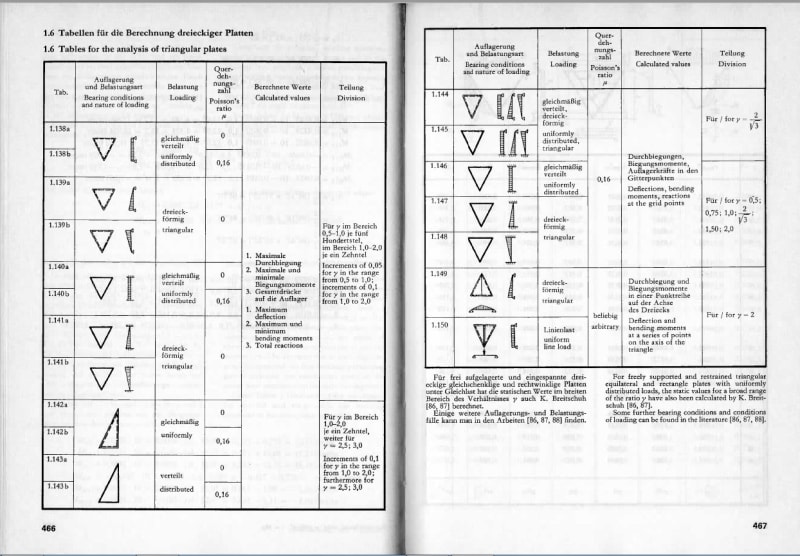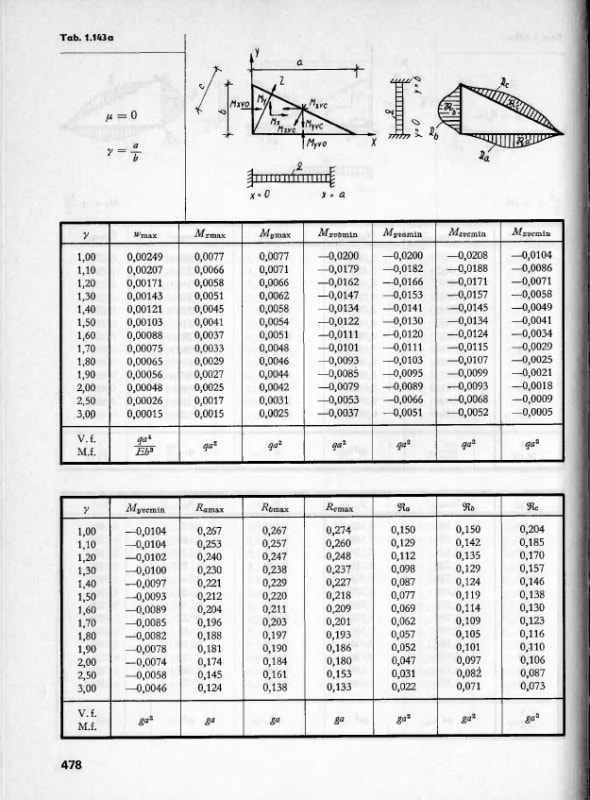bootlegend
Structural
- Mar 1, 2005
- 289
I'm looking for some tables similar to Roark's or Moody that deal with the triangular shaped retaining walls or flat plates, fixed on two edges as shown in the sketch. Does anyone know of such resource?
[URL unfurl="true"]https://res.cloudinary.com/engineering-com/image/upload/v1566854843/tips/wingwallsketch_fdlpuc.pdf[/url]
[URL unfurl="true"]https://res.cloudinary.com/engineering-com/image/upload/v1566854843/tips/wingwallsketch_fdlpuc.pdf[/url]



